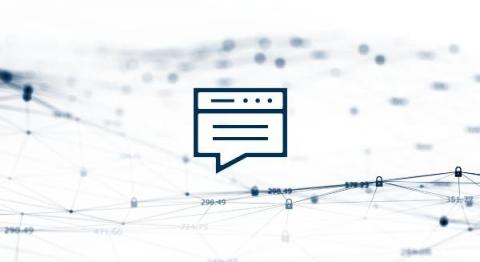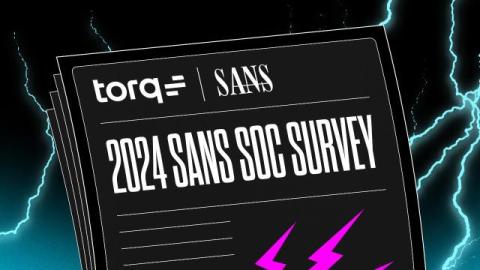How To Stop MFA Fatigue Attacks
As organizations continue to digitize and passwords proliferate across systems, applications, and even assets, identity and access management (IAM) has become a pillar of cybersecurity. One component of IAM has become ubiquitous with access security: multi-factor authentication (MFA). MFA is an access control technique that adds a layer of security to user logins and access by making the user verify their identity.











